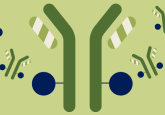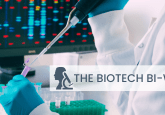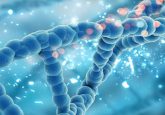Insights into homologous recombination reveal new approach to cancer research

A recent study, undertaken by researchers at the Tokyo Metropolitan University and the Tokyo Metropolitan Institute of Medical Science (both Japan), unravels key steps in the process of homologous recombination DNA repair and its potential impact on cancer research.
Homologous recombination (HR) is a ubiquitous genetic phenomenon, essential when environmental and internal stressors cause DNA damage, which can lead to breakages in both strands of double-stranded DNA. Without DNA repair processes such as HR, these damages can have disastrous consequences. Although HR has an essential role in DNA repair, it isn’t entirely clear how the homology search – finding the right place for the single strand to be incorporated – is carried out.
Currently, there are two competing models to explain the molecular mechanism underlying the homology search during HR DNA repair. But first, let’s review the role HR plays in DNA repair. HR relies on the RecA protein (or an equivalent protein) to repair breaks in double-stranded DNA, which is achieved by RecA binding both the end of one of the resected strands from the damaged DNA helix and an intact double strand, searching for a match in their sequences and incorporating the single strand into the double strand. This strand invasion allows the broken strand to be repaired using the intact DNA as a template.
In the hypothesized Model I for HR, the double-stranded DNA is unwound during the homology search. Model II hypothesizes that the double-stranded DNA isn’t unwound until strand invasion occurs, remaining wound during the homology search. The study findings supported Model II’s hypothesis.
 GPS: directing cancer treatment by evaluating tumor cell malignancy
GPS: directing cancer treatment by evaluating tumor cell malignancy
This GPS isn’t going to help you find your way, but it could one day evaluate the malignancy of brain tumor cells in patients, informing treatment plans.
To reveal this, the current team utilized two approaches. In the first method, the researchers carried out a D-loop assay with a RecA variant, which was unable to unwind the double-stranded DNA; contrary to Model I, they found that this had minimal effect on DNA repair. In the second approach, they measured how much torsion was created in the double strand at different stages of repair. They discovered that the only torsion due to unwinding that was detected was during strand invasion, further supporting Model II.
Insights into the mechanisms behind DNA repair could be incredibly useful when approaching cancer research. For example, the factors (BRCA1 and BRCA2) that are involved in the loading of single-stranded DNA onto RAD51 (the human equivalent of RecA) are also involved in breast cancer. The recent findings suggest that problems with HR may underlie higher occurrences of breast cancer in patients with hereditary defects in BRCA1 or BRCA2. The team hopes that further studies like theirs, which delve into mechanisms of the DNA repair processes, will open up new avenues for cancer research.





